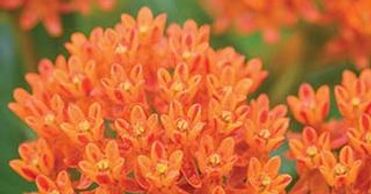Signed in as:
filler@godaddy.com
Signed in as:
filler@godaddy.com

The Peconic Estuary is home to some of the most valuable and rare habitats in the world. Learn what you can do to help preserve, protect and restore our beautiful Estuary.

There are simple actions you can take to reduce polluted stormwater runoff.

Native Plants provide habitat for birds, insects and other animals!
Use the Audubon Plants for Birds site to learn what plants to use to attract birds and pollinators to your yard, and where to buy them locally.
The Peconic Estuary Partnership will help you design a raingarden!
The Long Island Native Plant Initiative is an all-volunteer cooperative effort of over 30 non-profit organizations, governmental agencies, nursery professionals, and citizens.

Be Responsible! Don't litter - clean up after yourself and dispose of your garbage properly, ESPECIALLY used PPE.

There are lots of simple things residents can do to help! Check out these recommendations from Suffolk County
and the Long Island Sound Study!

Improperly disposed of and neglected pet waste may be washed into storm drains by rain or melting snow. Pet waste can be a significant source of water pollution because it contains nutrients, pathogens, and bacteria. High levels of pathogens and bacteria are the primary reason for shellfish bed and beach closures in Suffolk County.

Nitrogen pollution from cesspools and septic systems has been identified as the largest single cause of degraded water quality contributing to beach closures, restrictions on shellfishing, toxic algae blooms, and massive fish kills. A conventional onsite septic system was never designed to remove nitrogen. The average residential septic system discharges approximately 40 pounds of nitrogen per year. For homeowners close to surface waters in Suffolk County nitrogen can rapidly reach surface waters where it contributes to degradation of our marshes, bays, and beaches. Even inland, nitrogen from septic systems will eventually reach the groundwater and surface waters.